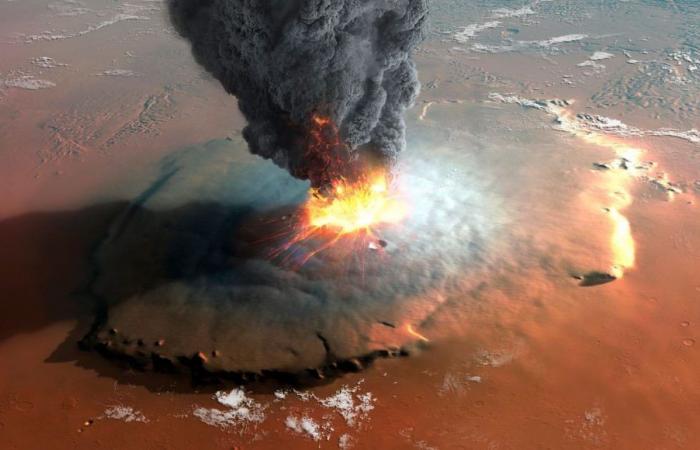In our solar system, traces of exovolcanism are accumulating. This field of research is booming with numerous space missions: what do volcanoes on other worlds look like?
Giant volcanoes on Mars, on Venus, where we have the chance to observe eruptions live, on Io, the hellish moon of Jupiter, with astonishing volcanic phenomena, lakes of magma and waves of giant lava. On Enceladus and Europa (the icy moons of Saturn and Jupiter), we see a very particular volcanism: cryovolcanism, which produces ice flows and jets of steam. A still very mysterious phenomenon, which will be studied with NASA’s Europa Clipper probe, which has just taken off.
How can we study the structure of the planet Mercury, and therefore its volcanism?
A report produced by Alexandre Morales.
For the moment only two probes have approached Mercury, revealing traces of volcanism which is now extinct. The BepiColombo mission, launched in 2018, should teach us more! Report with Alain Doressoundiramplanetologist at the Meudon Observatory to decipher the data from the Messenger probe.
LA_SCIENCE_CQFD – Report
7 min
To go further
Find le thread of today’s show on La Science’s X feed, CQFD.
A new giant volcano has formed on Jupiter’s hellish moon Io (Futurasciences, September 2024)
A new hint of volcanic activity suspected on the surface of Venus (Sky & Space, September 2024)
What meteorites from Mars tell us about its volcanism (Le Monde, June 2024)
Active volcanoes on Venus (For Science, 2023)
With science Listen later
Lecture listen 5 min
Musical references
Today’s headline: Eye of the Volcano par Stereolab
The opening credits: goca world by Altin Gun
The end credits: Pingpxng par Yin Yin


